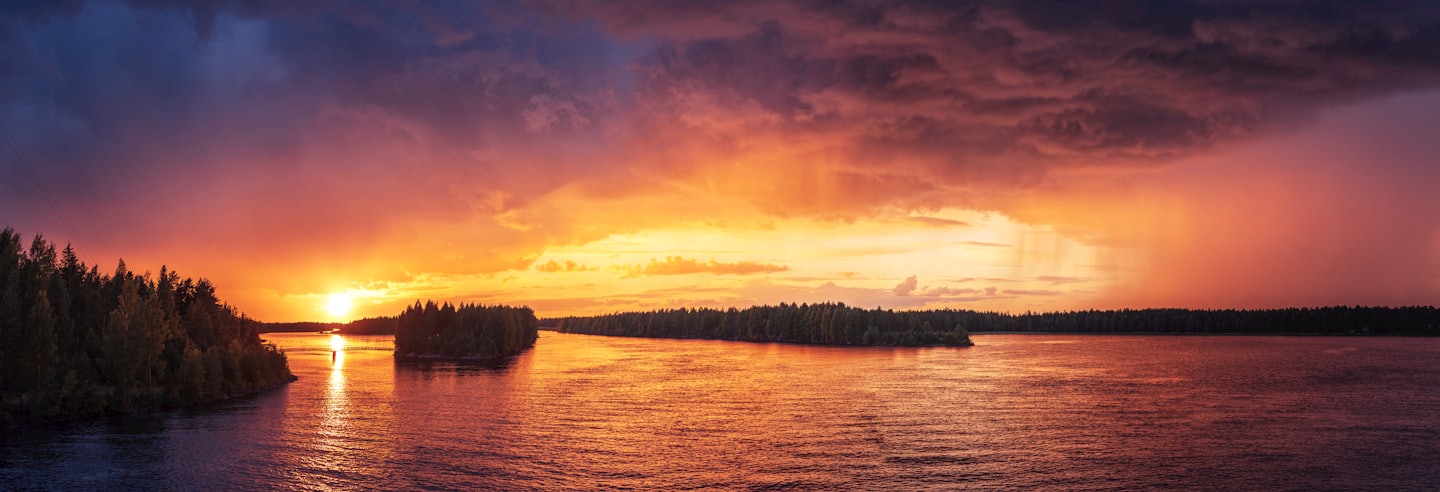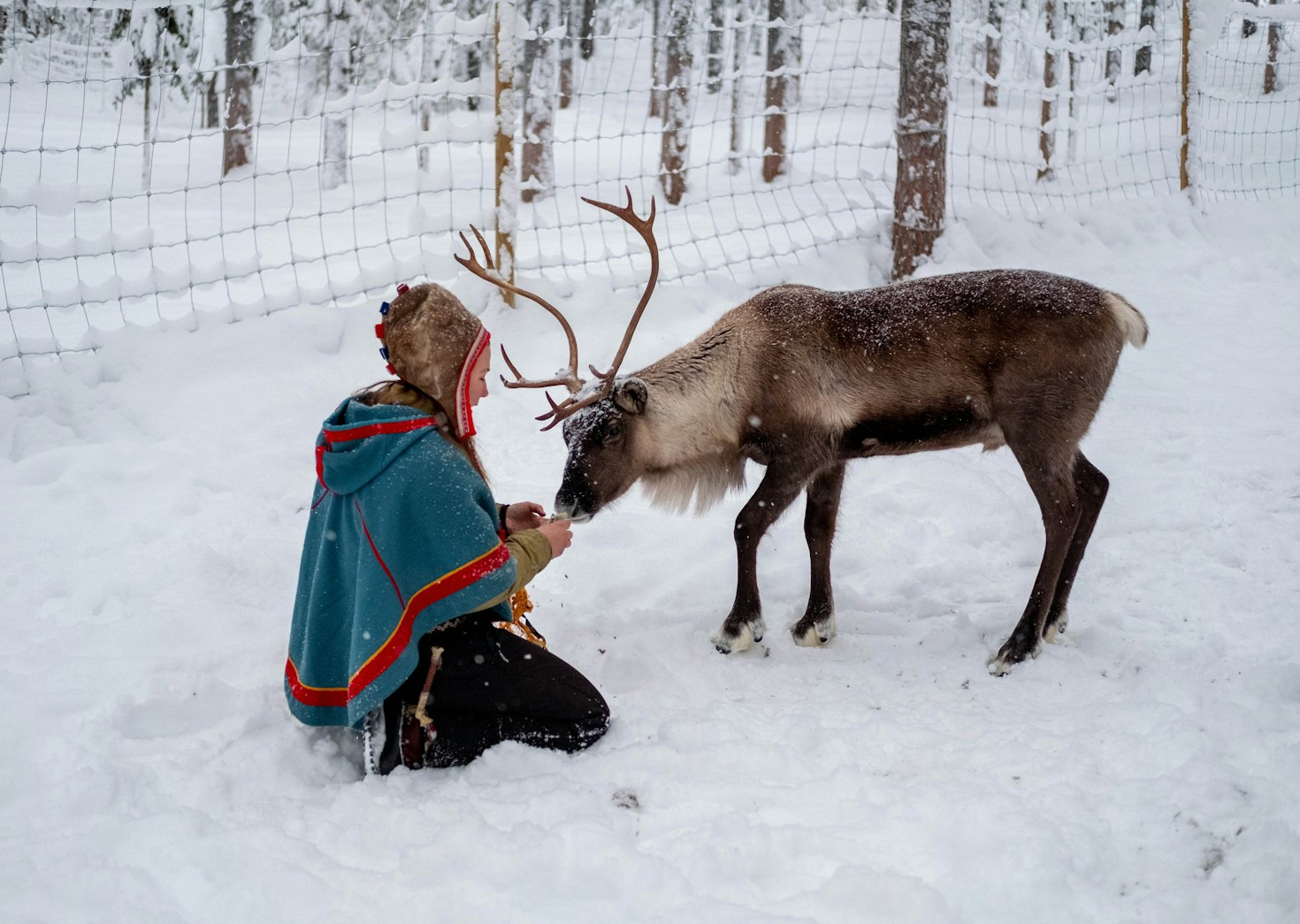Exploring Finland’s Rich History: From Prehistoric Times to a Modern-Day Beacon of Happiness
Finland, known for its stunning landscapes, vibrant culture, and remarkable history, has a fascinating past that stretches back thousands of years. From its ancient origins to its modern-day reputation as one of the happiest nations in the world, Finland’s history is one of resilience, adaptation, and cultural development. This article provides a comprehensive exploration of Finland’s history, covering its prehistoric roots, medieval influences, struggles for independence, and its rise as a global leader in innovation and well-being.
Prehistoric Beginnings: The Dawn of Finnish Civilization
The story of Finland begins in the aftermath of the last Ice Age, around 9,000BCE, when the first humans arrived in the region. These early inhabitants were hunter-gatherers who relied on Finland’s abundant natural resources, including its vast forests, rivers, and lakes. Archaeological evidence suggests that these early Finns developed a unique culture, marked by intricate pottery and tools, which laid the groundwork for the region’s later developments.
Medieval Influences: The Arrival of Christianity and Western Integration
During the early medieval period, Finland became a crossroads of influence between the East and West. The region was initially divided between pagan tribes, but by the 12th century, Finland became a contested area between Sweden and Novgorod (modern-day Russia). The Swedes eventually gained control, incorporating Finland into the Kingdom of Sweden in the 13th century.
This period marked the introduction of Christianity, which brought significant cultural and societal changes to Finland. Churches, monasteries, and schools were established, and Finland became integrated into the broader European medieval world. Swedish rule also brought governance and legal structures, which influenced Finnish society for centuries.
Struggles for Independence: From Swedish Rule to Russian Domination
For more than 600 years, Finland remained under Swedish control. However, the tides of history shifted in the early 19th century when Sweden lost a war to Russia. In 1809, Finland became an autonomous Grand Duchy within the Russian Empire. While this period allowed for some cultural and economic development, it also spurred a growing sense of Finnish national identity.
The late 19th century saw the rise of Finnish nationalism, fueled by the country’s unique language and culture. Prominent figures such as Johan Ludvig Runeberg, Elias Lönnrot, and Jean Sibelius played key roles in fostering a sense of Finnish pride and unity. The publication of the Kalevala, Finland’s national epic, became a powerful symbol of cultural identity.
Independence and Turmoil: The 20th Century
Finland declared independence from Russia on December 6, 1917, during the chaos of the Russian Revolution. However, the early years of independence were marked by internal strife, including a brutal civil war between the Red and White factions in 1918. The White forces, representing conservative and nationalist interests, emerged victorious, but the scars of the conflict lingered for decades.
During World War II, Finland fought two wars against the Soviet Union: the Winter War (1939-1940) and the Continuation War (1941-1944). Despite being heavily outnumbered, Finnish forces displayed remarkable resilience, earning international admiration. Although Finland was forced to cede territory to the Soviet Union, it maintained its independence, a rare feat among nations bordering the USSR.
Post-War Recovery and Modern Success
After the war, Finland rebuilt itself with determination and pragmatism. The country adopted a policy of neutrality during the Cold War, balancing its relationships with both the West and the Soviet Union. This period also saw Finland transition from an agrarian economy to a modern industrialized nation, with a strong emphasis on education and innovation.
By the late 20th century, Finland had established itself as a global leader in technology, design, and environmental sustainability. The rise of companies like Nokia symbolized Finland’s technological prowess, while its education system became renowned as one of the best in the world.
Finland Today: A Model of Happiness and Well-Being
Today, Finland is celebrated as one of the happiest and most prosperous nations globally. Its commitment to social equality, environmental stewardship, and innovation has made it a role model for other countries. Finland consistently ranks at the top of global happiness indices, thanks to its strong social support systems, excellent quality of life, and deep connection to nature.
Conclusion
Finland’s history is a testament to the resilience and ingenuity of its people. From its prehistoric roots to its emergence as a modern beacon of happiness and innovation, Finland has navigated countless challenges while preserving its unique cultural identity. As the world continues to evolve, Finland remains a shining example of how history, culture, and progress can come together to create a thriving and harmonious society.




Leave a Reply